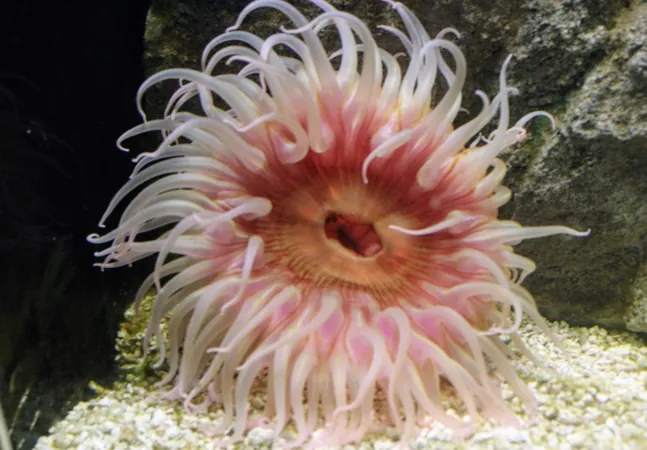
Urgent Warning: Avian Flu in Cats Sparks Fears of a Human Pandemic!
2025-05-08
Author: Wei
The Alarming Rise of H5N1 Avian Flu in Cats
As spring ushers in migration season, experts are sounding the alarm over the heightened risk of a devastating human pandemic linked to the evolving H5N1 avian flu. A ground-breaking study from the University of Maryland’s School of Public Health reveals a troubling prevalence of this lethal virus in cats, compelling researchers to call for immediate and comprehensive surveillance of these feline populations.
The Disturbing Evolution of H5N1
Dr. Kristen Coleman, the study’s lead author and an expert in public health, warns that the H5N1 virus is not only jumping from birds to cats but also between different species, including cows and humans. "The way H5N1 is evolving is deeply concerning," said Coleman. With warmer months approaching, she predicts an alarming rise in avian flu cases among both farm and wild cats.
A Hidden Catastrophe: The Undetected Impact of Avian Flu
The researchers conducted a global review of studies published over the last 20 years, uncovering 607 confirmed cases of avian flu in cats, resulting in 302 deaths across 18 countries and 12 different feline species. Shockingly, these figures are likely grossly underestimated due to inadequate surveillance methods—testing is often only done post-mortem.
Direct and Indirect Infection Pathways
Cats are contracting avian flu not only by hunting infected birds but also through contaminated raw chicken feed and interactions with other mammals. Farm cats, for instance, are at risk of exposure by drinking raw milk from infected cows. Symptoms in infected cats often mirror those of rabies, with severe brain swelling being a common condition.
The Fatality Rate: A Cause for Alarm!
H5N1 is notorious for its high mortality rate, claiming 90% of cases in domestic cats. While human infections are less fatal, they have resulted in the deaths of approximately half of the 950 individuals infected globally.
Potential Outbreaks Could Endanger Human Lives
Dr. Coleman and her team are particularly concerned about the risk of avian flu infiltrating animal shelters, which could lead to significant outbreaks with possible human involvement. A grim reminder of this threat emerged in 2016 when a different strain of avian flu caused an outbreak in New York City.
Looking Ahead: A Call to Action!
Future research will focus on high-risk cat populations, especially those in dairy barns, to assess the prevalence of avian flu. Ian Gill Bemis, a doctoral student involved in the research, emphasizes that this work aims to safeguard both humans and vulnerable pet cats from the looming danger of H5N1.
The Unfolding Threat: Human-to-Human Transmission?
Though no human-to-human transmission of avian flu has been reported so far, the evolving nature of the virus raises concerns about its potential to become more easily transmissible. As the situation escalates, vigilance is more critical than ever.

 Brasil (PT)
Brasil (PT)
 Canada (EN)
Canada (EN)
 Chile (ES)
Chile (ES)
 Česko (CS)
Česko (CS)
 대한민국 (KO)
대한민국 (KO)
 España (ES)
España (ES)
 France (FR)
France (FR)
 Hong Kong (EN)
Hong Kong (EN)
 Italia (IT)
Italia (IT)
 日本 (JA)
日本 (JA)
 Magyarország (HU)
Magyarország (HU)
 Norge (NO)
Norge (NO)
 Polska (PL)
Polska (PL)
 Schweiz (DE)
Schweiz (DE)
 Singapore (EN)
Singapore (EN)
 Sverige (SV)
Sverige (SV)
 Suomi (FI)
Suomi (FI)
 Türkiye (TR)
Türkiye (TR)
 الإمارات العربية المتحدة (AR)
الإمارات العربية المتحدة (AR)